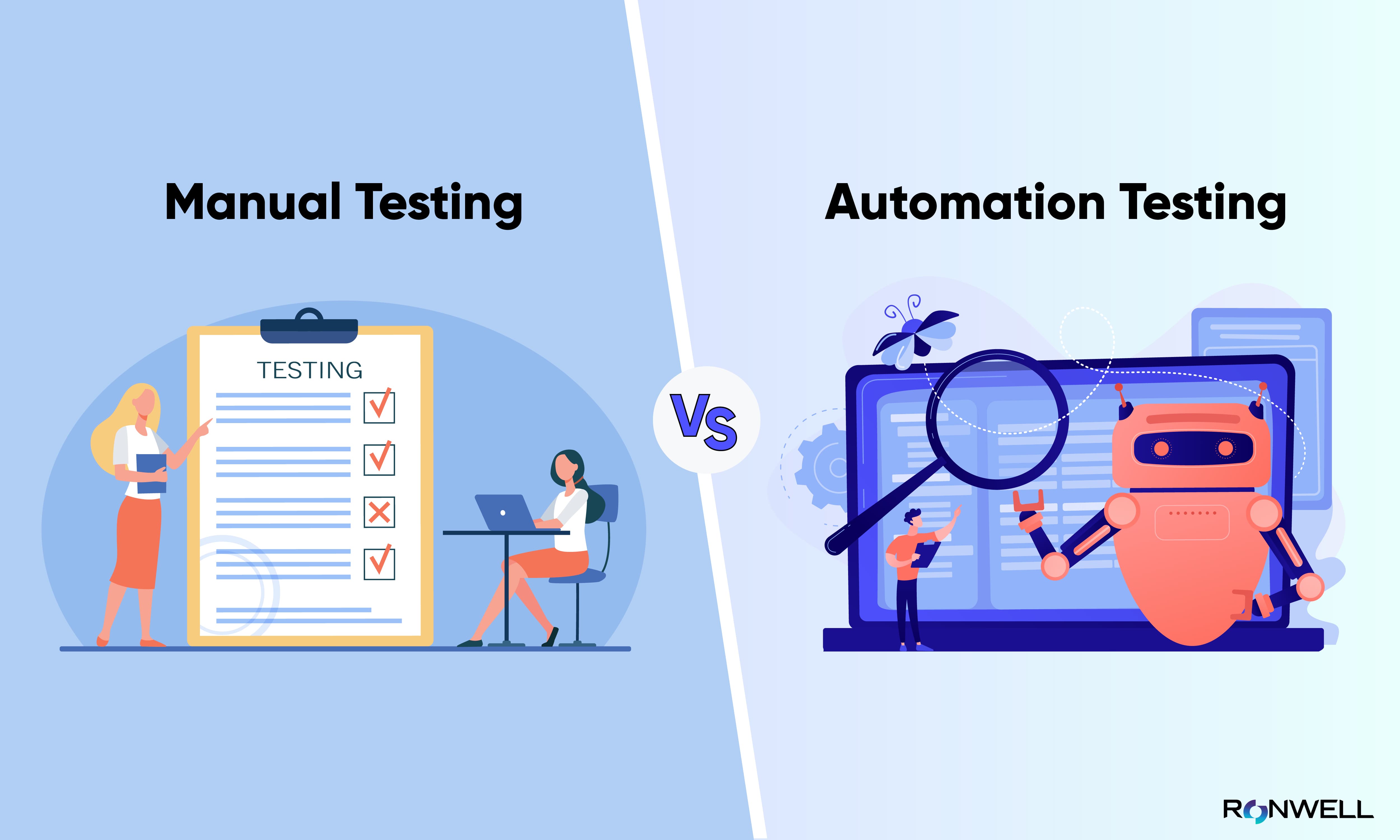The Relevance of Automation Testing in Agile Advancement Environments
The Relevance of Automation Testing in Agile Advancement Environments
Blog Article
The Future of Software Growth: Taking Advantage Of the Prospective of Automation Testing for Faster, A Lot More Trustworthy Launches
The prospective advantages of automation screening are large, promising not only to expedite release cycles yet likewise to improve the general top quality and consistency of software application items. In a landscape where speed and accuracy are paramount, utilizing the abilities of automation screening stands as an important strategy for remaining in advance.
The Power of Automation Evaluating
In the world of software advancement, the implementation of automation screening has shown to considerably enhance efficiency and quality control procedures. By automating repetitive and time-consuming manual testing jobs, software teams can streamline their testing initiatives, reduce human errors, and speed up the overall development lifecycle. Automation testing permits the fast execution of test cases throughout various settings and setups, giving programmers with fast comments on the high quality of their code changes.
Among the key advantages of automation screening is its capability to boost test coverage, guaranteeing that more features and functionalities are completely evaluated. This thorough screening technique helps recognize issues early in the growth cycle, minimizing the possibility of costly pests getting to manufacturing. Automation screening promotes continual integration and continual delivery methods, allowing teams to launch software updates extra often and accurately.
Accelerating Release Cycles
The velocity of launch cycles in software program advancement is essential for remaining competitive in the quickly advancing tech landscape. Shortening the time between launches enables companies to react rapidly to market needs, incorporate individual comments quickly, and outmatch competitors in providing cutting-edge attributes. By adopting agile methodologies and leveraging automation testing devices, advancement groups can streamline their processes, recognize bugs previously, and make sure a greater quality product with each release.
Speeding up launch cycles also allows software program firms to keep a competitive side by quickly resolving safety and security susceptabilities and adapting to changing regulative demands. Moreover, frequent releases help in building customer count on and loyalty as users benefit from constant enhancements and insect repairs. This iterative method fosters a culture of continuous enhancement within advancement teams, encouraging cooperation, development, and a focus on providing value to end-users.
Ensuring Consistent Quality Control
In the middle of the increased release cycles in software application advancement, maintaining regular quality control comes to be extremely important for making certain that each version meets the highest criteria of performance and reliability. Regular high quality assurance involves a systematic strategy to screening and assessing software program to identify and correct any kind of concerns or problems quickly. To achieve this, software program development groups should develop robust QA procedures that are integrated throughout the growth lifecycle. This includes specifying clear quality criteria, carrying out complete screening at each stage of growth, and leveraging automation testing devices to improve the procedure.
Overcoming Common Testing Difficulties
Resolving and solving usual testing challenges is vital for making certain the efficiency and performance of software application growth processes. One widespread challenge is the absence of extensive test protection, where testers may ignore particular situations, bring about potential bugs getting on the end product. This problem can be alleviated by useful link thorough test preparation, integrating varied screening methods, and leveraging automation screening to improve protection. One more common difficulty is the maintenance of test scripts, particularly in agile environments where constant changes take place. Examination manuscript maintenance can be streamlined by utilizing durable examination automation structures that provide easy script modifications and updates. Additionally, coordinating screening initiatives throughout different teams and divisions can posture a difficulty because of interaction voids and varying priorities (automation testing). Executing clear communication networks, establishing standardized processes, and fostering collaboration via devices like problem trackers and project monitoring systems can assist overcome this hurdle and guarantee seamless screening sychronisation. By proactively addressing these obstacles, software application advancement teams can boost the high quality and reliability of their launches.
Executing Automation Testing Techniques

Once the test instances are selected, teams must spend time in developing durable test manuscripts that are maintainable, multiple-use, and scalable. Collaboration between stakeholders, designers, and testers is essential to make sure that the automation screening straightens with the that site general task goals and requirements. Constant combination and release pipes can even more streamline the automation screening process by instantly triggering examinations whenever brand-new code is committed. By adopting automation testing techniques, software have a peek at these guys application growth teams can attain much faster examining cycles, greater examination insurance coverage, and inevitably supply even more reliable software launches.
Final Thought
In final thought, automation screening provides a powerful device for increasing launch cycles, making certain regular quality control, and conquering typical testing difficulties in software growth. By taking advantage of the possibility of automation testing strategies, organizations can achieve much faster and more reputable releases. automation testing. Welcoming automation testing is important for remaining competitive in the fast-paced world of software advancement

In conclusion, automation screening offers an effective tool for accelerating launch cycles, guaranteeing consistent top quality guarantee, and overcoming usual testing obstacles in software application growth.
Report this page